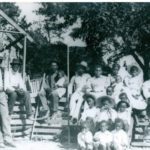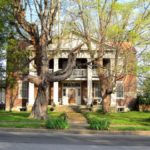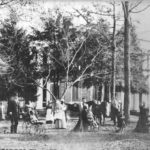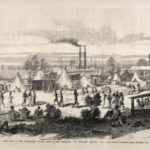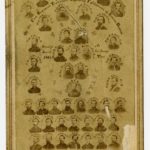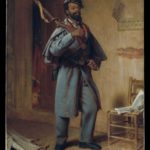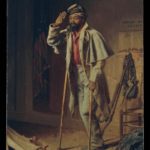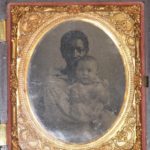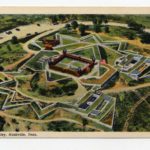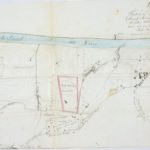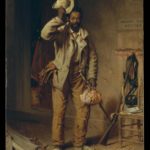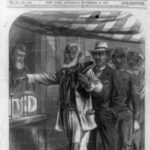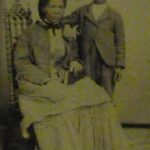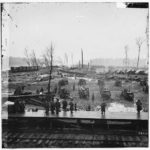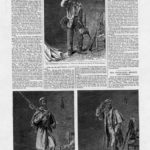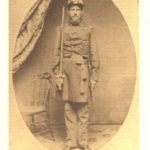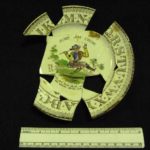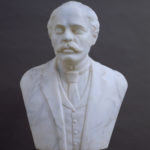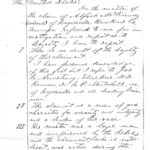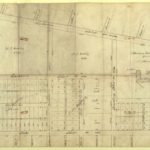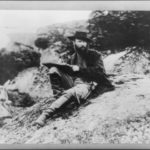McKissasks

As American blacks made the transition from slavery to freedom, many used the trades they had practiced while involuntarily shackled to the institution of thralldom to construct new lives for themselves and their families. One such individual was Moses McKissack (1790-1865) of the West African Ashanti tribe. As a slave, he belonged to William McKissack, who, in 1834, moved from North Carolina to Maury County, Tennessee. Moses McKissack learned to make bricks at his master’s brickyard in Spring Hill, Tennessee. He used the implements of the building trade and became a master builder. In 1822, he married a Cherokee woman named Mirian (1804-1865). To this union 14 children were born. The ninth child, Gabriel Moses McKissack (1840-1922), moved to Pulaski, Tennessee, after America’s Civil War, and continued in the building trade that he had learned from his father. Continuing the family tradition, Gabriel Moses II passed his skills along to his sons Moses McKissack III (1879-1952) and Calvin Lunsford McKissack (1890-1968).

Moses McKissack III.
Cargegie Library, 1908.
Fisk University Library.
View Object Details
In 1905 Moses McKissack III moved to Nashville, reinventing and transforming the vision of his forefathers into a thriving architectural and engineering company. He designed the Carnegie Library at Fisk University in 1908 and was listed as an architect in the Nashville City Directory the following year. In 1922, Moses and his brother Calvin formed McKissack and McKissack, one of Tennessee’s first registered architectural firms, continuing a family tradition that dated back to the days of slavery. The firm, now run entirely by female descendants, has many prestigious commissions to its name, including Alabama’s Tuskegee Air Base (1942) and the National Civil Rights Museum in Memphis (1987).
— Linda T. Wynn, Tennessee Historical Commission/Fisk University Department of History
Further Reading
- Phil Thomason, “Moses McKissack III (1879-1952),” African American Architects: A Biographical Dictionary, 1865-1945, Dreck Spurlock Wilson, ed. (New York: Routledge, 2004)
- Linda T. Wynn, “Building Tennessee: The Story of the McKissacks,” The Courier, (Nashville: Tennessee Historical Commission, 1977)
- ______ “Leatrice B. McKissack,” Notable Black American Women, II, Jessie Carney Smith, ed. (Gale, 1996), 450-454.
- ______ “McKissack and McKissack ,” Tennessee Encyclopedia of History and Culture, Carroll Van West, ed. (Nashville: Tennessee Historical Society, 1998)
- ______ “McKissack and McKissack,” Encyclopedia of African American Business. (Westport, CT: Greenwood, 2006)



